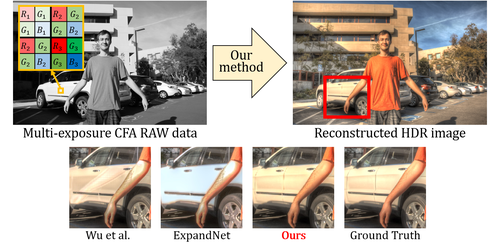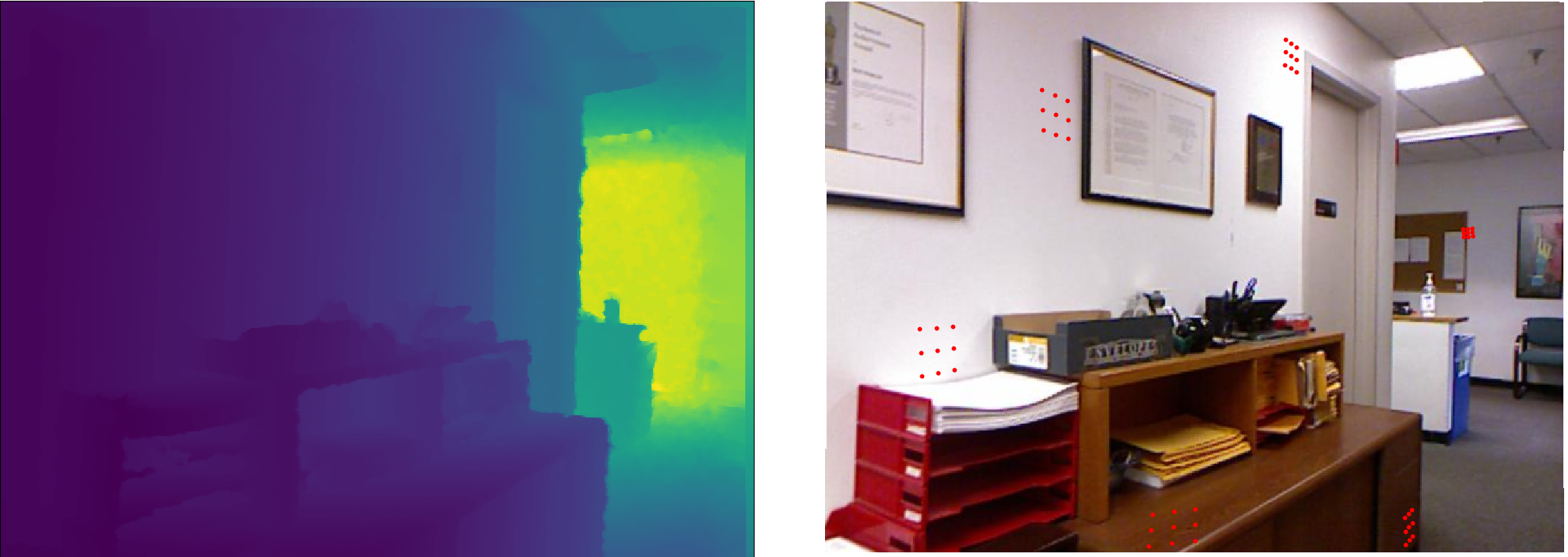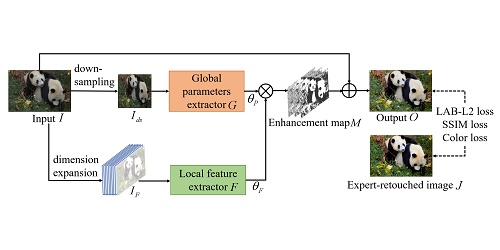Frequency Attention Network: Blind Noise Removal for Real Images
Hongcheng Mo (Shanghai Jiao Tong University), Jianfei Jiang (Shanghai Jiao Tong University), Qin Wang (Shanghai Jiao Tong University)*, Dong Yin (Fullhan), Pengyu Dong (Fullhan), Jingjun Tian (Fullhan)
Keywords: Low-level Vision, Image Processing
Abstract:
With outstanding feature extraction capabilities, deep convolutional neural networks(CNNs) have achieved extraordinary improvements in image denoising tasks. However, because of the difference of statistical characteristics of signal-dependent noise and signal-independent noise, it is hard to model real noise for training and blind real image denoising is still an important challenge problem. In this work we propose a method for blind image denoising that combines frequency domain analysis and attention mechanism, named frequency attention network (FAN). We adopt wavelet transform to convert images from spatial domain to frequency domain with more sparse features to utilize spectrum information and structure information. For the denoising task, the objective of the neural network is to estimate the optimal solution of the wavelet coefficients of the clean image by nonlinear characteristics, which makes FAN possess good interpretability. Meanwhile, spatial and channel mechanisms are employed to enhance feature maps at different scales for capturing contextual information. Extensive experiments on the synthetic noise dataset and two real-world noise benchmarks indicate the superiority of our method over other competing methods at different noise type cases in blind image denoising.
SlidesLive
Similar Papers
Deep Snapshot HDR Imaging Using Multi-Exposure Color Filter Array
Takeru Suda (Tokyo Institute of Technology), Masayuki Tanaka (Tokyo Institute of Technology), Yusuke Monno (Tokyo Institute of Technology)*, Masatoshi Okutomi (Tokyo Institute of Technology)

Depth-Adapted CNN for RGB-D cameras
Zongwei WU (Univ. Bourgogne Franche-Comte, France)*, Guillaume Allibert (Université Côte d’Azur, CNRS, I3S, France ), Christophe Stolz (Univ. Bourgogne Franche-Comte, France), Cedric Demonceaux (Univ. Bourgogne Franche-Comte, France)

Color Enhancement using Global Parameters and Local Features Learning
Enyu Liu (Tencent)*, Songnan Li (Tencent), Shan Liu (Tencent America)
